In today’s fast-paced consumer goods market, the spout pouch has become the gold standard for packaging liquid and semi-liquid products, celebrated for its convenience, sustainability, and superior brand presentation. From juices and yogurts to detergents and automotive oils, this innovative packaging is ubiquitous. However, behind every perfectly presented spout pouch on the shelf lies a precise, complex, and highly engineered filling and sealing process.
For production managers, packaging engineers, and purchasing decision-makers, understanding the answer to “How are spout pouches filled?” is more than just learning an operational procedure. It’s about mastering a core technology that dictates production efficiency, product quality, cost control, and even brand reputation. The wrong equipment or process can lead to disastrous consequences, including product leakage, shortened shelf life, material waste, and production line stoppages.
This in-depth guide will provide a scientific and professional analysis of the entire spout pouch filling process. We will begin with the microscopic science of packaging materials, delve into the two core industrial filling methodologies, deconstruct the sophisticated mechanical anatomy of a modern spout pouch filling machine, and ultimately provide you with a strategic framework for decision-making. This is not just an operational manual; it is a comprehensive report designed to help you make intelligent investments, optimize production, and gain a strategic competitive advantage.
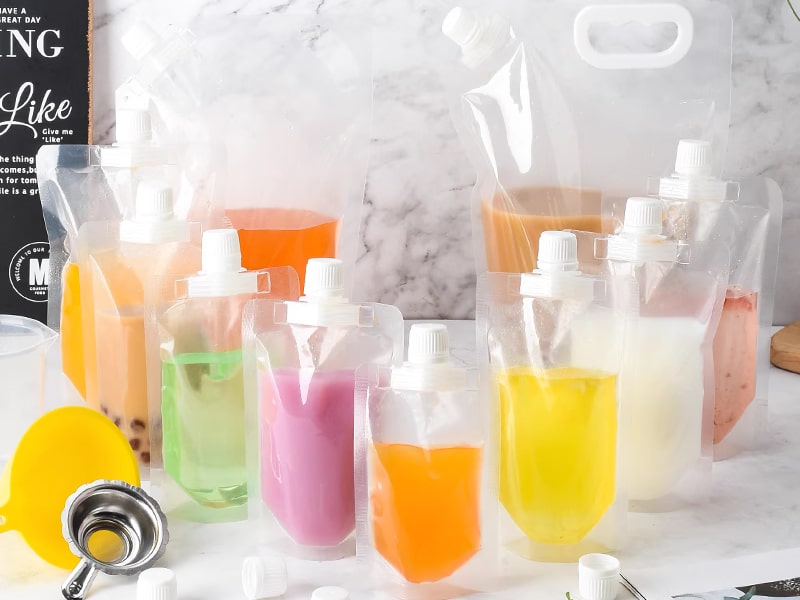
Chapter 1: The Overlooked Science: Perfect Filling Begins with a Deep Understanding of the Spout Pouch
Before we can discuss filling machinery, we must first establish a fundamental yet critical understanding: a spout pouch is not a simple container but a precisely engineered composite material system. Its material science properties and structural design are prerequisites that dictate the entire spout pouch filling and sealing machine process.
1.1 Deconstructing the Modern Spout Pouch: The Secret of Multi-Layer Composite Structures
A typical spout pouch is constructed from multiple layers of functional films laminated together, with each layer playing an indispensable role.
● Outer Layer – PET (Polyethylene Terephthalate): As the print layer, PET provides excellent printability, high gloss, and structural rigidity, ensuring a beautiful shelf appearance and a firm pouch body.
● Middle Barrier Layer – AL (Aluminum Foil) or VMPET (Vacuum Metalized PET): This is the “heart” of the spout pouch, the critical high-barrier layer. Aluminum foil can block nearly 100% of oxygen, moisture, light, and odors, making it essential for products highly sensitive to environmental factors, such as juice, dairy, and pharmaceuticals. VMPET offers a more cost-effective alternative with good barrier properties.
● Functional Reinforcement Layer – NY (Nylon/Polyamide): The primary role of the nylon layer is to provide superior puncture resistance and flexibility, protecting the package from being pierced during transport and handling.
● Inner/Heat-Seal Layer – PE (Polyethylene): As the innermost layer, PE is the material in direct contact with the product and must comply with food-grade safety standards. It is also the heat-seal layer, and its melting point and properties directly determine the parameter settings of the spout pouch sealing machine.
Different combinations of these materials create solutions tailored for specific applications. For example, a PET/AL/NY/PE combination offers top-tier barrier performance, ideal for premium juices or medical products. In contrast, a BOPP/NY/PE blend might be used for dry powder mixes where barrier requirements are less extreme. The logic behind this material selection is directly linked to the subsequent filling equipment. A high-barrier pouch with an aluminum foil layer, designed for high-acid juice, will have different rigidity and heat-sealing characteristics than a simple PE pouch. Therefore, the filling machine’s pouch gripping system, conveyor, and heat-sealing module must be designed and calibrated for these specific material properties to avoid wrinkles, damage, or poor seals during production.
1.2 The Spout and Cap: Engineering Beyond a Simple Opening
The spout and cap are typically made of food-grade HDPE (High-Density Polyethylene) or PP (Polypropylene), but their design is far more than a simple threaded opening.
● Structural Design: For instance, single-notch spouts are common for sauces or oils, while double-notch spouts provide a stronger seal, often used for beverage products that require frequent shaking or squeezing.
● Engineering Considerations: The diameter and length of the spout, as well as its position on the pouch (top corner or top center), are not arbitrary design choices. These parameters directly influence the choice of filling method. A smaller diameter spout is better suited for low-viscosity liquids and will affect the filling speed of a liquid spout pouch filling machine. The spout’s position relates to the gripping and positioning accuracy of the filling machine.
In summary, the pouch itself is the first and most critical variable in the entire automated system. A profound understanding of the packaging materials and structure is the first step in selecting and configuring the right filling equipment and the foundation for achieving efficient, reliable production.
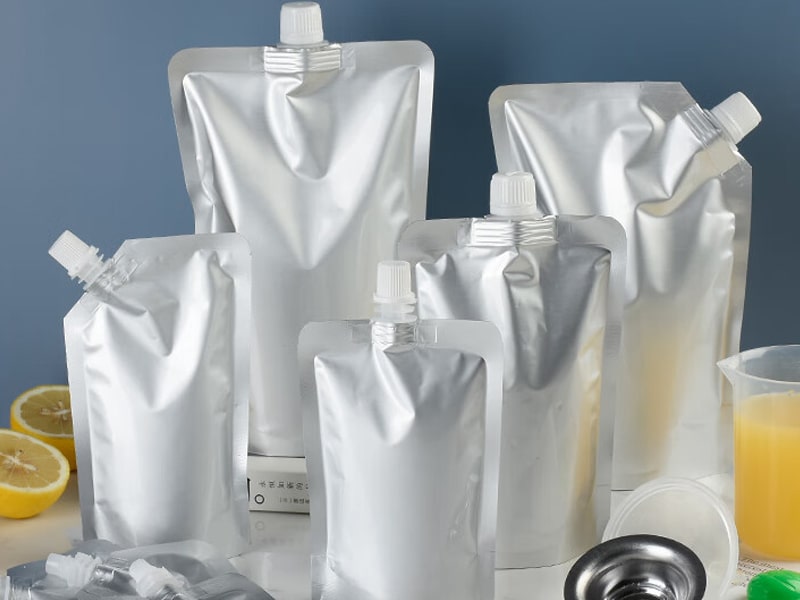 |
| Aluminum foil Spout Pouches |
Chapter 2: The Two Core Filling Philosophies: An In-Depth Analysis of Methodologies
In industrial production, spout pouch filling primarily follows two distinct core methodologies. The choice between these two “philosophies” not only determines the production flow but also directly impacts the production line’s speed, flexibility, and critical quality control points.
2.1 Philosophy A: Filling Through the Spout (The “Pre-Sealed” Pouch Method)
This method uses “premade pouches” where the pouch body is already fully sealed, with only the cap separate.
● Process Description:
1.Premade pouches are fed automatically or manually into the spout pouch filling machine’s station.
2.A specialized filling nozzle, sized to match the inner diameter of the spout, is precisely inserted into the spout.
3.The product (typically a low-viscosity liquid like juice or thin soup) is accurately injected into the pouch through the nozzle.
4.After filling, the pouch is transferred to the spout pouch capping machine station.
5.The capping system automatically picks up a cap and tightens it onto the spout with a preset, precise torque.
● Advantages: Since the main body of the pouch is sealed at the pouch manufacturing plant, its seal quality and integrity are maximized. This method significantly reduces the risk of product contaminating the seal area during filling.
● Limitations: The filling speed is limited by the spout’s aperture, making it generally slower. It is prone to clogging and inefficiency when handling high-viscosity products or those containing particulates.
2.2 Philosophy B: Filling Through the Pouch Opening (The “Fill-Then-Seal” Method)
This method uses premade pouches where the spout and cap are already attached, but an unsealed opening (or “fill-through opening”) is left at the top or side of the pouch body.
● Process Description:
1.The mechanical grippers or vacuum suction cups of the spout pouch packing machine pull open the reserved filling opening.
2.A larger filling nozzle descends into the opening to inject the product into the pouch. This method is ideal for high-viscosity sauces, gels, and even foods with small particulates.
3.After filling, the pouch is transferred to the critical heat-sealing station of the spout pouch filling and sealing machine.
4.Powerful heat-sealing bars apply precise temperature, pressure, and time to create a strong, aesthetic final seal.
● Advantages: Because the filling opening is much larger than the spout, the filling speed is significantly increased. It is highly adaptable to a wide range of product viscosities, broadening its application scope.
● Limitations: The quality of the final seal depends entirely on the performance of the filling and sealing machine. Therefore, the heat-sealing station is the most critical quality control point in this method, placing high demands on the equipment’s stability and precision.
The difference between these two methodologies explains why the market has equipment with seemingly similar but fundamentally different core functions. When a potential buyer searches for a spout pouch filling and capping machine, they are actually looking for equipment that follows Philosophy A, where the core technology is precise torque-controlled capping. When they search for a spout pouch filling and sealing machine, they need equipment that follows Philosophy B, where the core technology is a stable and reliable heat-sealing system. A manufacturer planning to package ketchup who mistakenly chooses a Philosophy A machine designed for juice will face low production efficiency and frequent clogging. Therefore, clearly distinguishing between these two core methods is the fundamental prerequisite for making the right equipment selection decision.
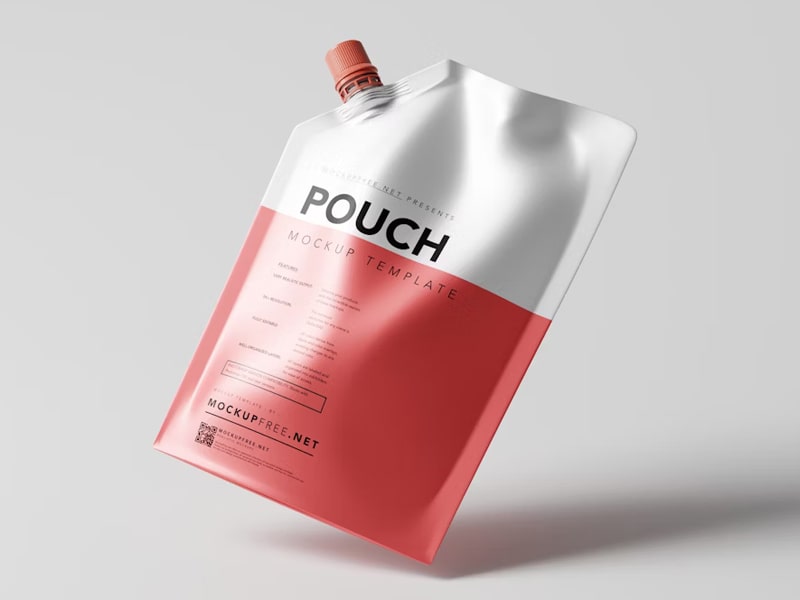
Chapter 3: Anatomy of a Modern Spout Pouch Filling Machine: A Deep Dive into the Mechanical Core
A modern, fully automatic spout pouch filling machine is a highly integrated system combining mechanical, electronic, pneumatic, and intelligent control technologies. Understanding its internal structure and workflow is key to evaluating its performance and value.
3.1 System Architecture: Rotary vs. In-line
● Rotary Premade Pouch Packing Machines: This equipment uses a circular turret design, where pouches move through multiple independent stations for bag picking, opening, filling, and sealing/capping in a rotary motion. Its compact structure and smooth operation make it ideal for single-product, high-volume, continuous production lines, such as those in large beverage or dairy companies.
● In-line/Horizontal Filling Systems: Pouches move along a straight, horizontal line from one station to the next. This layout typically offers greater flexibility and convenience for changing over to different pouch sizes and shapes, making it more suitable for businesses with diverse product lines that require frequent production changes.
3.2 The Automated Workflow: A Precision Journey from Empty Pouch to Finished Product
Regardless of the architecture, the workflow of an automatic spout pouch filling machine follows a series of precise steps:
● Step 1: Pouch Infeed and Handling
○ The automatic infeed system is the starting point of automation. A robotic arm or vacuum suction cup accurately picks a single premade pouch from the magazine and places it onto the machine’s grippers.
○ Advanced sensors detect the presence and correct positioning of the pouch, preventing empty cycles or misplacements that could cause errors and line stoppages.
● Step 2: Pouch Opening and Date Coding
○ This step is crucial for machines following the “fill-then-seal” method. A mechanical device or pneumatic component reliably opens the reserved filling port, preparing it for filling.
○ At this stage, a thermal transfer overprinter (TTO) or inkjet coder is often integrated to print production dates, batch numbers, and expiration dates on the pouch.
● Step 3: The Core Heart – The Precision Filling Station
○ This is the core of product measurement and cost control. Different product characteristics require different filling technologies:
■ Servo Piston Filler: Uses a servo motor to drive a piston for precise volumetric filling, making it the ideal choice for high-viscosity products like creams, sauces, and thick soups due to its high accuracy.
■ Mass/Magnetic Flow Meter Filler: This is the pinnacle of filling technology for low-to-medium viscosity liquids (like juice, milk, and oils). It directly measures the mass or volume of the liquid flowing through, is virtually unaffected by temperature or pressure fluctuations, and minimizes product waste.
■ Gravity/Overflow Filler: A cost-effective solution for highly flowable liquids like water and wine, achieving a consistent fill level through liquid level control.
○ Advanced nozzle designs with “no-drip” and “suck-back” functions ensure that the pouch mouth and equipment remain clean after each fill, preventing cross-contamination.
● Step 4: The Final Closure – Capping vs. Sealing
○ The Capping Module of a Spout Pouch Filling and Capping Machine :
■ Its core is a servo-controlled capping head. Unlike simple pneumatic cappers, “servo control” means the machine can apply a programmable and extremely precise rotational force (torque).
■ Precise torque control is critical: too little torque leads to leaks, while too much can damage the cap or threads. The system also includes automatic cap feeding and missing-cap detection and rejection.
○ The Sealing Module of a Spout Pouch Filling and Sealing Machine :
■ This is based on the science of heat sealing: under the triple control of precise temperature, pressure, and dwell time, the inner PE layer of the pouch mouth melts and re-fuses, forming a hermetic, strong seal.
■ For certain special materials or applications, alternative technologies like ultrasonic sealing may also be used.
● Step 5: Quality Control and Discharge
○ At the end of the line, an in-line checkweigher is often integrated to verify if the fill volume is within tolerance, or a vision system is used to inspect seal integrity.
○ Qualified products are finally discharged onto a conveyor for downstream packaging and case packing.
Understanding the technical depth of these modules is key to differentiating the value of various machines. For example, two machines both advertised as “fully automatic” can have vastly different prices. A cheaper machine might use pneumatic actuators for filling and capping; while fast, its accuracy is lower, the standard deviation of fill volume is larger, and the capping torque can fluctuate with air pressure. A more expensive machine, however, uses servo motors for both filling and capping. This means the fill volume can be programmed to a precision of a fraction of a milliliter, and the torque on every cap is identical. For a company packaging high-value pharmaceuticals or organic juice, the long-term product waste caused by the former’s lack of precision could far exceed the initial extra investment in a high-precision servo-driven machine. This guides buyers to look beyond surface-level metrics like “pouches per minute” and evaluate the true ROI from the perspective of reducing operational costs and ensuring quality.
Chapter 4: The Strategic Selection Framework: How to Choose the Right Spout Pouch Packaging Machine
Choosing the right spout pouch packaging machine is a strategic decision, not a simple procurement task. It requires a holistic consideration of production needs, business scale, and future growth plans.
4.1 The Automation Spectrum: Matching Equipment to Business Scale
From startups to large multinational corporations, businesses of different sizes have vastly different needs for automation.
● Manual Filling: This is the starting point for small workshops or startups. The cost is extremely low, but so is the output (approx. 500-1,000 pouches/hour), and it is highly dependent on manual labor, with inconsistent filling accuracy and seal quality.
● Semi Automatic Spout Pouch Filling Machine: This is the bridge to automation. It typically requires an operator to manually place the pouches, while the machine automatically completes the filling and sealing/capping. The output is moderate (approx. 2,000-5,000 pouches/hour), making it an ideal choice for small and medium-sized enterprises (SMEs), market testing, or businesses with a wide variety of products requiring frequent line changes.
● Automatic Spout Pouch Filling Machine: This is the ultimate solution for large-scale production. Manual intervention is minimized, speed is high (can reach 8,000-12,000 pouches/hour or more), and consistency is maximized. The initial investment is high, but the unit packaging cost is the lowest in scaled production.
For a more direct comparison, the table below summarizes the key metrics for different levels of automation:
Table 1: Spout Pouch Filling System Comparison Matrix
| Feature | Manual System | Semi-Automatic System | Fully Automatic System |
| Typical Output (pouches/hr) | < 1,000 | 2,000 – 5,000 | > 8,000 |
| Initial Investment (CAPEX) | Low | Medium | High |
| Labor Requirement | High | Medium | Low / Supervisory |
| Filling Accuracy & Consistency | Low / Variable | High | Extremely High / Repeatable |
| Changeover Complexity/Time | N/A | Moderate | Can be complex, but advanced systems are optimized |
| Ideal Business Scale | Startups / Artisanal Shops | SMEs / Growing Brands | Large CPG / Industrial Production |
4.2 Beyond Speed: Critical Selection Criteria
In addition to production speed, the following factors are equally, if not more, critical in the decision-making process :
● Product Characteristics: The product’s viscosity, whether it contains particulates, its pH level, and its temperature sensitivity directly determine which filling technology should be used (piston, flow meter, etc.).
● Hygiene and Sanitation: For the food, beverage, and pharmaceutical industries, equipment must comply with standards like cGMP (current Good Manufacturing Practice). Choosing equipment with an easy-to-clean 304 or 316L stainless steel construction and CIP/SIP (Clean-in-Place/Sterilize-in-Place) capabilities is essential.
● Changeover Efficiency: For companies producing multiple SKUs, the speed and ease with which a machine can be switched to handle different pouch sizes or products is a core factor affecting Overall Equipment Effectiveness (OEE). A high-speed machine that takes 4 hours to change over may have a lower overall efficiency for a small-batch, multi-product operation than a slightly slower machine that can be changed over in just 30 minutes.
● Maintenance and Manufacturer Support: The availability of spare parts, the responsiveness of technical support, and a comprehensive preventive maintenance plan determine the long-term operational stability of the equipment. The value of a machine is realized in its uptime. Choosing a reputable manufacturer with a solid service network is an important risk management measure.
Ultimately, there is no one-size-fits-all “best” machine, only the “most suitable” machine that perfectly matches your product, output, labor costs, and long-term business strategy. The selection process is essentially a comprehensive risk assessment and strategic alignment, requiring the decision-maker to act as an operations strategist, not just a procurement agent.
Chapter 5: Conclusion: From Technical Process to Strategic Advantage
We have systematically explored every facet of spout pouch filling technology: from the fundamental science of packaging materials and the two core filling methodologies to the precise anatomy of modern filling machines and the strategic selection framework.
The key takeaways can be summarized as:
1.Symbiotic Relationship: The pouch and the filling machine form a symbiotic system; the pouch’s material and structure dictate the technical requirements for the machine from the outset.
2.Strategic Choice: The choice between the two filling philosophies (through the spout vs. through the pouch opening) is a strategic decision that impacts line efficiency, flexibility, and the focus of quality control.
3.Technical Depth: “Automation” is not monolithic; its true value lies in the specific subsystem technologies, such as servo control and precision metering.
4.Strategic Investment: Selecting filling equipment is an investment related to Total Cost of Ownership (TCO) and strategic business alignment, not a one-time financial expense.
In the fierce competition of modern manufacturing, mastering the filling process means ensuring product safety, extending shelf life, minimizing waste, and ultimately defending a hard-won brand reputation in the minds of consumers.
Choosing the right juice spout pouch filling machine or any other type of spout pouch filling equipment is a complex decision with far-reaching implications. To ensure your equipment investment aligns perfectly with your product characteristics, production goals, and growth strategy, it is crucial to partner with experts who deeply understand the technical nuances.
We invite you to contact the engineering team at SFXB (XueBa) for a comprehensive evaluation of your packaging needs and to explore a customized automation solution designed to drive your business growth.
Frequently Asked Questions (FAQ) about Spout Pouch Filling Machine
1. How to fill a spouted pouch?
There are two main industrial methods:
● Filling through the spout (“pre-sealed” method): Premade, fully sealed pouches (minus the cap) are positioned in the machine. A nozzle precisely inserts into the spout to inject low‑viscosity liquids. After filling, the pouch is automatically capped.
● Filling through a pouch opening (“fill‑then‑seal” method): Pouches already have the spout and cap installed but are left unsealed at a designated opening. The machine opens this port, fills high‑viscosity or particulate products with a larger nozzle, then heat‑seals (or ultrasonically seals) the opening, followed by capping.
2. How does a pouch filling machine work?
A fully automated spout pouch filling machine typically operates in five stages:
1.Pouch feed & placement – automated or manual loading, with sensors ensuring proper pouch positioning.
2.Opening & coding – for fill‑then‑seal models, a mechanism opens the seal and adds date/batch codes.
3.Precise filling – employs appropriate filler technology (servo piston, mass/flow meter, gravity) based on product viscosity, often with no‑drip nozzle design.
4.Closure (sealing or capping) – spouts are torque‑capped via servo control; pouch openings are heat‑ or ultrasonic‑sealed under precise temperature, pressure, and time.
5.Quality check & discharge – in‑line weighing and visual inspection; bad units are rejected, good ones move on.
3. What are spout pouches made of?
Spout pouches are multi-layer laminates designed for functionality and barrier protection:
● Outer layer: PET or BOPP for printability and structure.
● Barrier layer: Aluminum foil or vacuum‑metallized PET to block oxygen, moisture, light, and odors.
● Reinforcement layer: Nylon or PET for puncture resistance.
● nner layer: Food‑grade polyethylene (PE) that seals and contacts the product.
4. What are the two main filling philosophies for spout pouches?
● Philosophy A – through the spout: Uses fully sealed pouch bodies; filling via spout, followed by capping—ideal for low-viscosity liquids.
● Philosophy B – fill then seal: Involves filling through a larger opening before sealing; better suited for viscous or particulate-filled products.
5. Which filling philosophy is right for my product?
Choose through the spout (A) if your product is low-viscosity and you prioritize high seal integrity. Opt for fill‑then‑seal (B) if dealing with high-viscosity liquids or particulates, as it allows faster fill speeds and broader material compatibility.
6. What are the different filling technologies used?
● Servo piston fillers for precise volumetric dosing—best with viscous products.
● Mass or magnetic flow meter fillers for accurate mass‑based dosing, ideal for low‑ to medium‑viscosity liquids.
● Gravity or overflow fillers suited to highly fluid products, relying on liquid level control.
7. What’s the difference between rotary and in‑line machine systems?
● Rotary systems move pouches via a turret through filling, capping, and sealing stations—ideal for high-volume, single-product lines.
● In‑line systems move pouches along a straight path through each station—better for flexibility and rapid changeovers.
8. How does automation level affect production?
| System Type | Throughput (pouches/hr) | Investment | Labor Needed |
| --------------- | ----------------------- | ---------- | ------------------- |
| Manual | 8,000 | High | Minimal supervision |
Choose based on your scale, budget, and desired labor efficiency.
9. What critical factors besides speed should I consider?
Key considerations include:
● Product viscosity, particulates, pH, temperature sensitivity.
● Hygiene standards (e.g., cGMP compliance), stainless steel quality, and CIP/SIP cleaning ability.
● Changeover time and ease for multiple SKUs.
● Manufacturer support, spare parts availability, and long‑term maintenance.
10. Why invest in servo‑driven filling and capping?
Machines with servo technology offer programmable accuracy in fill volume and precise capping torque, reducing waste and ensuring consistent quality. This precision can outweigh higher upfront cost, especially for high‑value products (e.g., pharmaceuticals, organic beverages), by improving yield and minimizing spoilage.
| References: | |
| 1. | Spouted Pouches Global Market Report 2025 ——Retrieved from:The Business Research |
| 2. | Spout Pouches Market Growth, Trends, Forecast 2024-2034 ——Retrieved from:FutureMarketInsights |
| 3. | Spout Pouch for Food Market Size, Share & Trends Analysis ——Retrieved from:Rubixmarketresearch |
| 4. | Pouch and method of producing pouch container with spout ——Retrieved from:US Patent US8181823B2 |


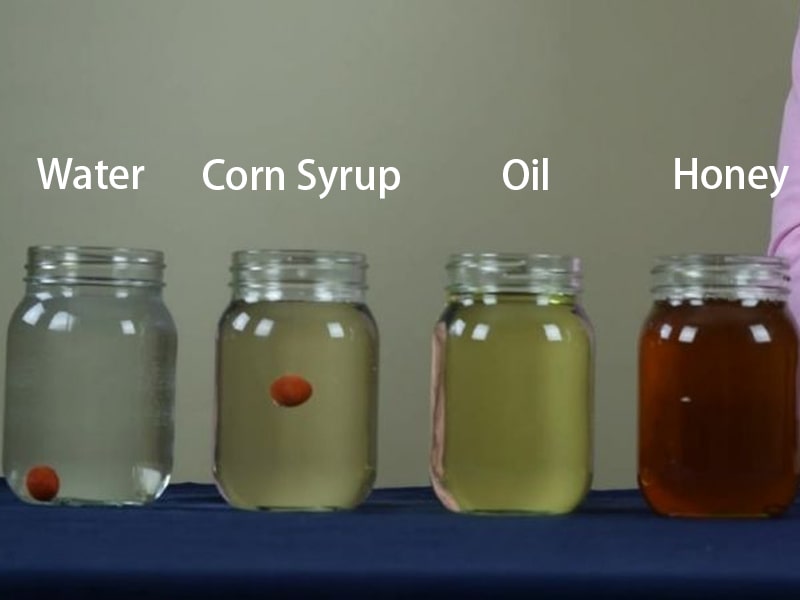
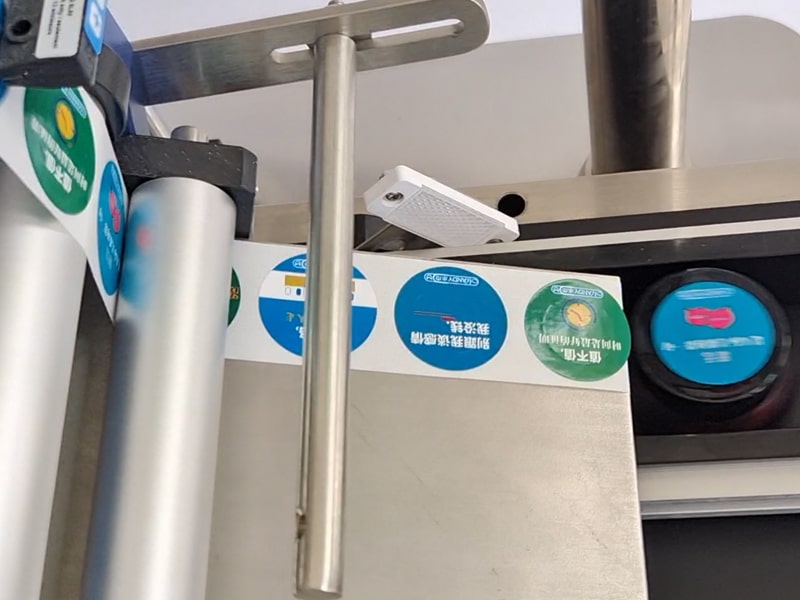
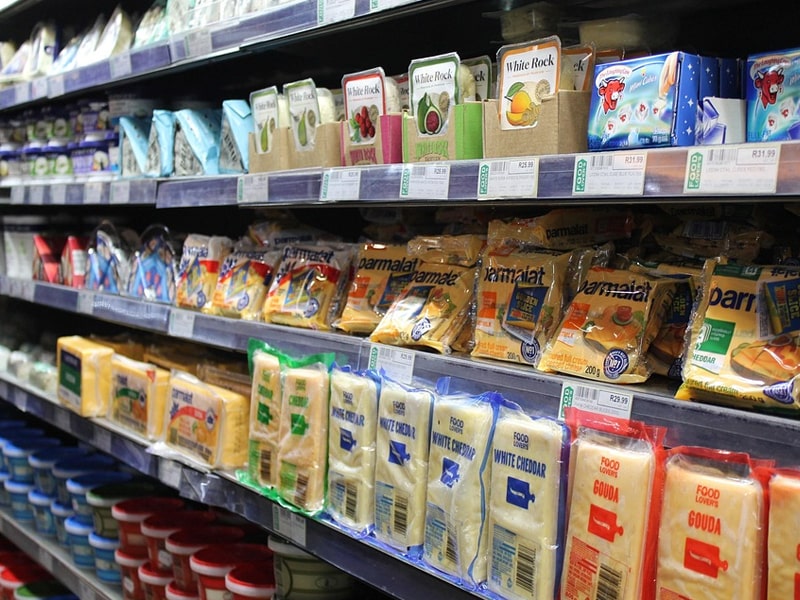

Comments